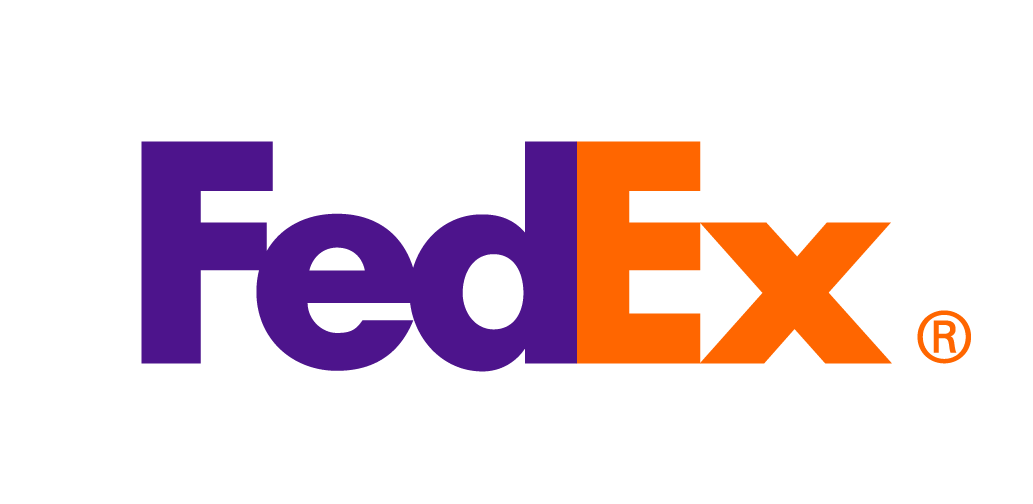
Business automation allows small and medium businesses (SMBs) to focus on high-priority tasks. It’s the difference between spending minutes or hours entering data weekly and using that time to strategize ways to increase sales or generate new income streams. Moreover, 29% of small business owners polled for an Incfile survey said “they’re automating business processes as much as possible because it helps them avoid burnout.”
Automation tools exist for every department, from marketing and customer success to hiring and human resources. Learn what business process automation is and how it works to understand potential use cases for your company. Then explore the benefits and examples to fuel your automation journey.
Business automation: What it is, and how it works
Business automation uses artificial intelligence (AI), machine learning (ML), and rule-based software programs to perform certain tasks with minimal human intervention. Basic business automation can be as simple as scheduling social media posts or configuring an email autoresponder for lead generation forms. However, automation comes in all shapes and forms.
Robotic process automation (RPA) is a software program that uses scripts to execute actions across systems. It typically isn’t data-driven, meaning RPA doesn’t rely on natural language processing, AI, or ML. Instead, RPA performs rule-based tasks.
Business process automation (BPA) goes beyond the basics, enabling companies to automate more complex, multistep workflows. With BPA, a small business can automate most activities required to accomplish a company’s goal, like onboarding employees or customers. However, it requires deeper integration between software platforms and can support cross-department workflows.
Intelligent automation (IA) combines AI and RPA technologies to automate processes, generate insights, and learn from datasets. Many business software tools use a form of IA to power software features like conversational chatbots that respond to customers, use historical data to improve chat quality, and predict intent to buy or return products.
[Read more: Automation Is the Future of Sales (Even for Small Business)]
Any repetitive or everyday process can be automated, so think about the activities your company handles higher volumes of, such as work orders, expense claims, or time-off requests.
Small business automation opportunities
Each step you automate is one less thing an employee has to do manually. Instead, they can focus on meaningful work that adds value to your business. For instance, your human resources team will have more time for high-level objectives when your software proactively catches and corrects timesheet errors. A straightforward digital onboarding process can input new hires into the system before they enter the office.
Here are ways you can implement business automation:
- Employee onboarding: Most initial onboarding processes can be completed without human intervention. Your system could send a welcome email inviting the new employee to view and e-sign documents. Once the forms are completed, the platform forwards the forms to the correct departments, reducing manual data entry, paper filing, and back-and-forth emails.
- Customer service: Many customer support activities can be improved through automation. Help desk software routes tickets to the correct department, whereas chatbots can answer questions about refunds and automatically start the return process.
- Marketing activities: You can automate many marketing tasks and workflows, including targeted email, text messaging, and social media campaigns. Customer relationship management (CRM) programs capture interaction data, and integrated systems can send replies at optimal times and forward qualified leads to your sales team.
- Talent acquisition: Applicant tracking systems use intelligent automation and AI to post jobs, source and filter candidates, and process applications. Integrated platforms can facilitate interview scheduling and reference checks.
- Sales processes: Many sales CRMs and lead management tools can automatically qualify leads, assign prospects to sales representatives, and log deal-related interactions.
- Accounting and finance: Automated data capture and receipt-matching functions reduce errors while trigger-based approval processes streamline financial workflows. Most software platforms provide report automation features, too.
These are only a few examples of how automation can be used in your business. The possibilities are endless. Any repetitive or everyday process can be automated, so think about the activities your company handles higher volumes of, such as work orders, expense claims, or time-off requests.
How business process automation benefits SMBs
Automation helps companies optimize resource usage while improving customer and employee experiences. According to a WorkMarket report, “70% of business leaders believe that 10% to nearly 40% of their time is devoted to tasks that are mundane and not core to their job description, equating to approximately 45 minutes to three-plus hours of an eight-hour workday.” Through automation, employees estimate “they could save roughly 240 hours a year,” and leaders said they could save about 360 hours annually.
The benefits of business automation include the following:
- Reduced errors: Using AI and automation to automatically fill out forms (think accounts payable, payroll, inventory, customer service, and more) and automatically route them to the right department decreases mistakes.
- Increased productivity: Automation tools reduce task switching, back-and-forth emails, and manual data entry. Each employee receives timely role-based alerts and reports automatically.
- Additional cost savings: Since your staff spends less time updating several software programs, fixing errors, and other ordinary tasks, they can focus on their core duties. Additional cost savings occur from mistakes that have been prevented and improved operations.
- Enhanced customer experiences: Automation results in operational improvements, fewer product or delivery blunders, and faster response times. It allows your customer success teams to dedicate more resources to clients. The outcome is increased customer satisfaction.
- Improved employee satisfaction: Staff are more engaged when focusing on purposeful work, not tedious data entry. Higher engagement levels also increase retention rates.
- Expanded sales: Software platforms that automate follow-up activity (cart abandonment or lead form responses) capture potential customers before they fall through the cracks.
Business automation software examples
Many platforms offer automation features to assist your payroll, marketing, and customer success departments. Indeed, Visa’s Global Back to Business Study reported that “91% of SMBs said they are at least somewhat likely to consider available automation and AI services like ChatGPT over the next 12 months to help elevate their business against competitors.”
Consider business automation tools, such as:
- Make: Use a drag-and-drop visual interface and predesigned workflow templates to automate marketing, information technology, sales, and HR processes. Make offers free and paid plans.
- Brevo: With email, text messaging, chat, and WhatsApp marketing automation, you can target leads at critical moments. Brevo has several free and paid options.
- Calendly: Improve your appointment and booking process with Calendly. It integrates with CRMs, sends reminders and follow-ups, and routes forms to the right employee.
- Expensify: Use Expensify to automate your expense approval workflows, automatically detect duplicate receipts, and sync transactions to your accounting program.
CO— aims to bring you inspiration from leading respected experts. However, before making any business decision, you should consult a professional who can advise you based on your individual situation.
CO—is committed to helping you start, run and grow your small business. Learn more about the benefits of small business membership in the U.S. Chamber of Commerce, here.









